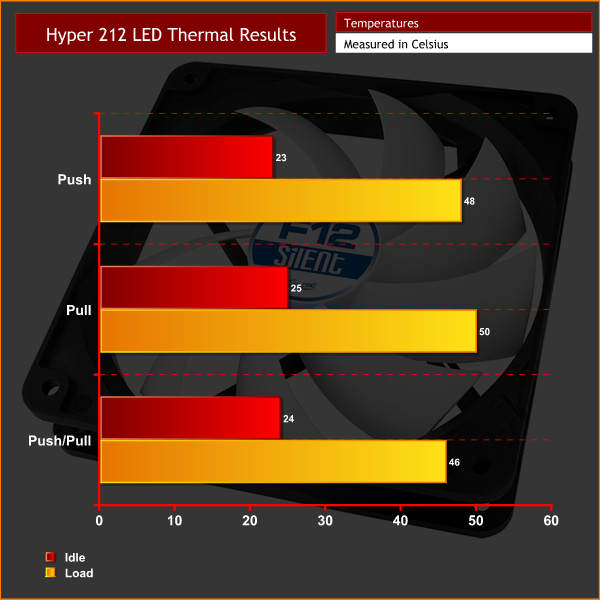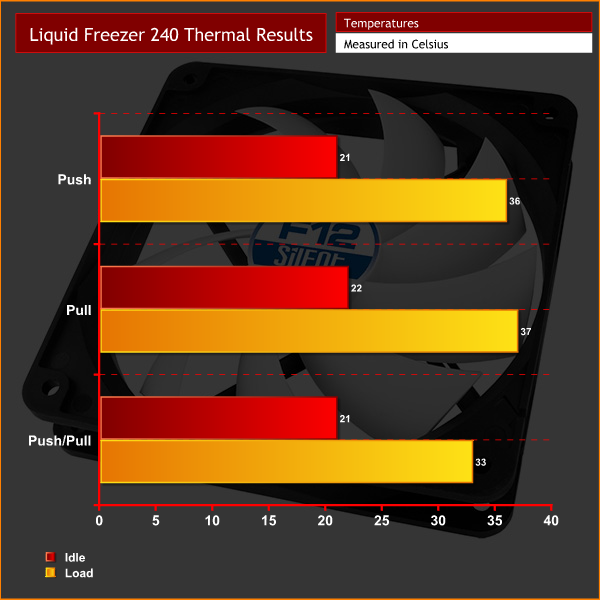Testing methodology
To get accurate data from comparing various fan configurations, it was very important I devised a scientific and easily repeatable test. Most importantly, however, any test would have to be relevant to the average consumer – so using a £5,000 custom watercooled PC would not have been the smartest move, for example.
Accordingly, I devised a simple test where the only changing variable was the number of fans used, or how they were mounted. Here's what I did:
First, I built the system for testing in the Kolink Aviator V chassis. This case features three fans out-of-the-box, with two fans intaking at the front of the chassis. This means the components are supplied with a high level of air. In the system I used an Intel i7-5820K, MSI X99A SLI Plus motherboard, 16GB of Panram Ninja V DDR4, a Sapphire R9 285 ITX GPU, an OCZ Trion SSD and a Corsair RM750x PSU.
As for the all-important CPU cooler, I decided to pick two – the Cooler Master Hyper 212 LED air cooler, as well as the Arctic Liquid Freezer 240 all-in-one liquid cooler. This way we can assess whether fan configuration makes much difference whether you are using a radiator or a more typical heatsink tower.
For the Hyper 212 LED, I used CoolerMaster's Air Balance 120mm fans for this test. I used the included F12 fans for the Liquid Freezer 240.
In terms of actual testing, I performed three tests per cooler – obviously testing out push, pull and push/pull fan configurations. To get a temperature reading, I ran Prime 95's (version 26.6) Small FFTs test for 10 minutes before noting down the maximum CPU temperature. I also used an NZXT Grid+ V2 fan controller to lock all the system's fans – CPU and chassis fans – to 50% speed, ensuring PWM control does not influence the testing today.
Results
 KitGuru KitGuru.net – Tech News | Hardware News | Hardware Reviews | IOS | Mobile | Gaming | Graphics Cards
KitGuru KitGuru.net – Tech News | Hardware News | Hardware Reviews | IOS | Mobile | Gaming | Graphics Cards




